Metabolic approach
What we do know
- Scoliosis mainly affects young girls
- Scoliosis patients present skeletal alterations (height, earlier growth peak, asymmetries…)
- Scoliosis patients generally have a different body composition, with a lower body mass index, alterations in leptin (a hormone involved in energy homeostasis) and alterations in calcium and mineralization metabolic pathways, such as osteopenia.
- There are also dysfunctions in the calmodulin (which regulates muscle cell contraction properties) and melatonin pathways.
- The importance of puberty and menopause. These are periods when the risk of scoliosis decompensation or aggravation increases. Estradiol is thought to be involved.
What we ignore
What is the role of vitamin D and bone metabolism?
Why does scoliosis mainly affect young girls?
What progress has been made thanks to the work supported by the Cotrel Foundation?
Melatonin has been the subject of investigation for many years. Prof. Masafumi Machida in Japan was one of the first to study dysfunctions in melatonin signaling pathways. In Montreal, Prof. Alain Moreau studied melatonin signaling pathways in idiopathic scoliosis and the role of osteopontin. His results have enabled the development of a classification system and the identification of patients at high risk of scoliosis progression.
Also in Montreal, Prof. Florina Moldovan’s research is based on the observation that adolescent idiopathic scoliosis appears mainly at puberty, and affects young girls in greater numbers and severity. She studied patients’ osteoblasts (young bone cells) and their response to estradiol. Her studies show that estradiol induces a specific response in scoliotic patients.
At the Museum National d’Histoire Naturelle, Paris, Prof. Hervé Tostivint and Dr. Guillaume Pezeron are investigating the role of urotensin-2 family peptides in vertebral axis pathologies.
The team has already shown that deformities are present very early (in the larval stage), which could show that the molecular pathway produces a congenital rather than idiopathic affectation. They are studying a model with alterations in a neuropeptide of the urotensin family.
In China, at Drum Tower Hospital, Nanjing, Prof. Zhen Liu’s team has observed that an imbalance in the intestinal bacterial eco-system causes disturbances in vitamin D metabolism. This in turn leads to bone loss, which in turn contributes to the onset of deformity. A clinical study and a study on animal models are currently underway.
Impact for the patient ? better medical support
Several teams have studied bone quality. They have shown that in a third of patients with idiopathic scoliosis, the vertebral bone is less dense, more deformable and more sensitive to vitamin D depletion. These anomalies contribute to the worsening of scoliosis.
To limit the consequences of this osteopenia, vitamin D supplementation combined with a balanced diet with sufficient calcium and protein intake to improve bone quality (mineralization, bone remodeling) and regular physical activity, if possible with impact, is recommended.
Since 2018, the Fondation Cotrel has been promoting physical activity in idiopathic scoliosis, in particular through annual events such as the Scolimpiades. The value of sport and physical activity in the integral treatment of idiopathic scoliosis has gradually become obvious.
Physical activity and sport offer a number of advantages, helping to limit the complications of scoliosis. They improve :
- muscular performance, particularly in the spinal column, which is essential for scoliosis rehabilitation
- Respiratory capacity (usually limited in severe scoliosis), control of posture, bone resistance (particularly of the vertebrae), body schema and proprioception of the trunk, back pain and the psychological impact of scoliosis-related constraints.
Contrary to popular belief, asymmetrical racket sports do not increase the risk of idiopathic scoliosis and are therefore not contraindicated, even when played competitively. Swimming is no more effective than other sports and does not improve bone mass. Horse-riding does not aggravate idiopathic scoliosis: the rider’s position is even a reference posture, leading to the design of ergonomic seats.
Physical activity and sport reduce the progression of minor idiopathic scoliosis, thus limiting the risk of having to wear a corset;
They improve the effectiveness of the corrective corset in major idiopathic scoliosis.
Researchers and their works
Pr Emre Acaroglu
Lauréat 2004, 2011
Pr Xia Guo
Lauréate 2010
Dr Zhen Liu
Lauréat 2022
Pr Masafumi Machida
Lauréat 2000, 2009, 2012
Dr Valérie Marcil
Lauréate 2015
Pr Alain Moreau
Lauréat 2001, 2004, 2007, 2015, 2019
Pr Florina Moldovan
Lauréat 2021
Pr Guillaume Pezeron
Lauréat 2022
Pr Hervé Tostivint
Lauréat 2022


